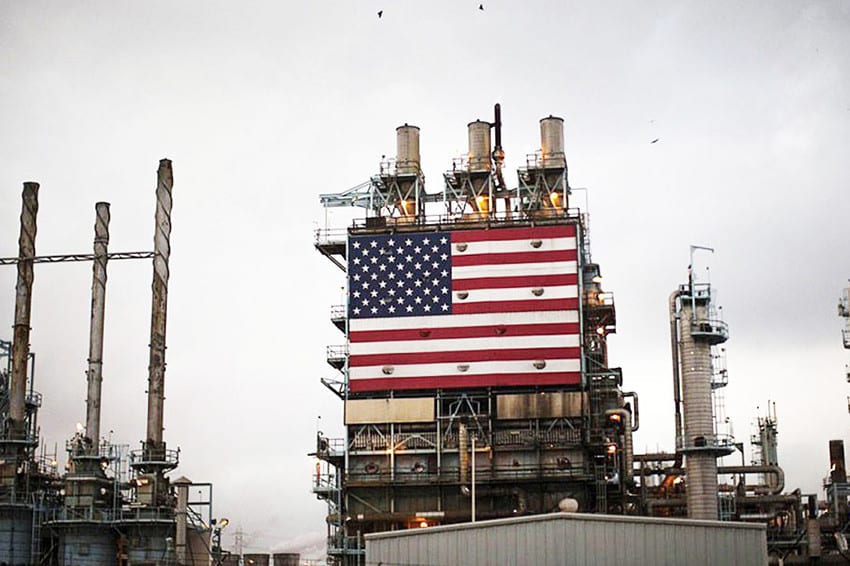(Reuters) – Surging shale production is poised to push U.S. oil output to more than 10 million barrels per day – toppling a record set in 1970 and crossing a threshold few could have imagined even a decade ago.
And this new record, expected within days, likely won’t last long. The U.S. government forecasts that the nation’s production will climb to 11 million barrels a day by late 2019, a level that would rival Russia, the world’s top producer.
The economic and political impacts of soaring U.S. output are breathtaking, cutting the nation’s oil imports by a fifth over a decade, providing high-paying jobs in rural communities and lowering consumer prices for domestic gasoline by 37 percent from a 2008 peak.
Fears of dire energy shortages that gripped the country in the 1970s have been replaced by a presidential policy of global “energy dominance.”
“It has had incredibly positive impacts for the U.S. economy, for the workforce and even our reduced carbon footprint” as shale natural gas has displaced coal at power plants, said John England, head of consultancy Deloitte’s U.S. energy and resources practice.
U.S. energy exports now compete with Middle East oil for buyers in Asia. Daily trading volumes of U.S. oil futures contracts have more doubled in the past decade, averaging more than 1.2 billion barrels per day in 2017, according to exchange operator CME Group.
The U.S. oil price benchmark, West Texas Intermediate crude, is now watched closely worldwide by foreign customers of U.S. gasoline, diesel and crude.
The question of whether the shale sector can continue at this pace remains an open debate. The rapid growth has stirred concerns that the industry is already peaking and that production forecasts are too optimistic.
The costs of labor and contracted services have recently risen sharply in the most active oilfields; drillable land prices have soared; and some shale financiers are calling on producers to focus on improving short-term returns rather than expanding drilling.
But U.S. producers have already far outpaced expectations and overcome serious challenges, including the recent effort by the Organization of the Petroleum Exporting Countries (OPEC) to sink shale firms by flooding global markets with oil.
The cartel of oil-producing nations backed down in November 2016 and enacted production cuts amid pressure from their own members over low prices – which had plunged to below $27 earlier that year from more than $100 a barrel in 2014.
Shale producers won the price war through aggressive cost-cutting and rapid advances in drilling technology. Oil now trades above $64 a barrel, enough for many U.S. producers to finance both expanded drilling and dividends for shareholders.



